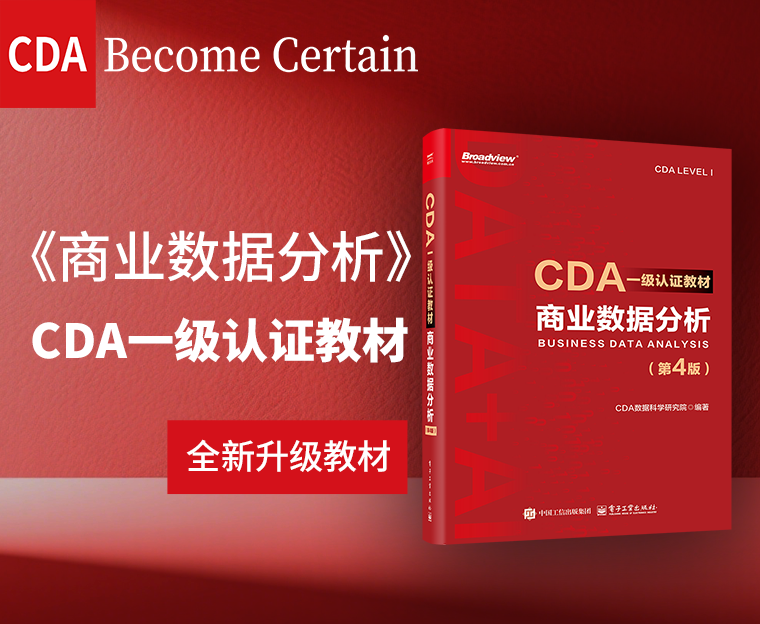书面文本中的模式在所有作者或语言中都不相同。这使得语言学家可以研究起源语言或文本的潜在作者身份,而这些特征并非直接为人所知,例如美国革命的联邦主义论文。
目的:在本案例研究中,我们将检查来自不同作者和各种语言的书籍集中的各个书籍的属性。更具体地说,我们将查看书籍长度,独特单词的数量,以及这些属性如何按语言或作者。
所以我们将构建一个函数来计算文本中的单词频率。我们将考虑一个示例测试文本,稍后将用我们刚刚下载的书籍的文本文件替换示例文本。因为我们要去计算单词频率,因此大写和小写字母是相同的。我们将整个文本转换为小写并保存。
from collections import Counter
def count_words(text): #counts word frequency
skips = [".", ", ", ":", ";", "'", '"']
for ch in skips:
text = text.replace(ch, "")
word_counts = {}
for word in text.split(" "):
if word in word_counts:
word_counts[word]+= 1
else:
word_counts[word]= 1
return word_counts
# >>>count_words(text) You can check the function
def count_words_fast(text): #counts word frequency using Counter from collections
text = text.lower()
skips = [".", ", ", ":", ";", "'", '"']
for ch in skips:
text = text.replace(ch, "")
word_counts = Counter(text.split(" "))
return word_counts
# >>>count_words_fast(text) You can check the function
输出:
{‘were’: 1, ‘is’: 1, ‘manageable’: 1, ‘to’: 1, ‘things’: 1, ‘keeping’: 1, ‘my’: 1, ‘test’: 1, ‘text’: 2, ‘keep’: 1, ‘short’: 1, ‘this’: 2}
Counter({‘text’: 2, ‘this’: 2, ‘were’: 1, ‘is’: 1, ‘manageable’: 1, ‘to’: 1, ‘things’: 1, ‘keeping’: 1, ‘my’: 1, ‘test’: 1, ‘keep’: 1, ‘short’: 1})
 0.0000
0.0000
 0
0
 5
5

 关注作者
关注作者
 收藏
收藏
 发表评论
发表评论
暂无数据











